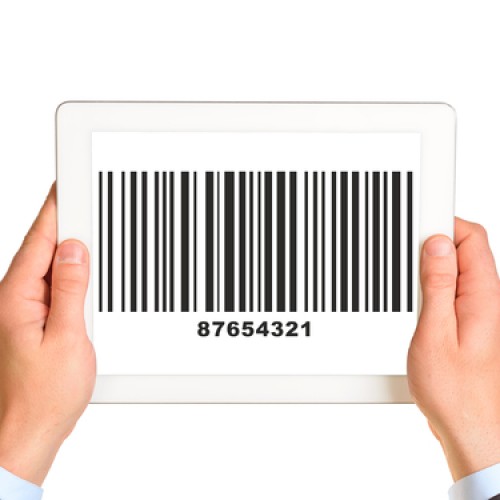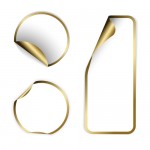Before you opt forUPC barcode labels, there are a few important things you should keep in mindto ensure that they work for you. These barcodes keep a track on the global supply chain, and they are also helpful in tracking the inventory details.
Overview of UPC barcodes
UPC is an abbreviated form of Universal Product Code, which is basically a 12-digit number assigned to retail merchant that identifies the vendor selling the product and the product itself. It is most commonly used in the United States, and is represented in the form of barcode, which displays the numbers.
How do they work?
On scanning the UPC barcode, the product information is communicated regarding shipping, point of sale, inventory, or the pricing. The barcode scanner decodes the sequence of numbers, and displays the information on the software. This makes it easier to identify the products, and allows the retailers to restructure their POS systems for each line of product.
Points to remember before using barcode labels
- UPC does not contain price: UPC barcodes are only meant to identify the product. The price is set by the retailer and updated in the POS system before being put on sale. With the UPC, a retailer can input any information including shape, color and warranty, but not the price.
- Unique for each product: A UPC barcode is uniquely generated for each individual product for all sizes, and two items of the same company and same category can have different barcodes.
- Not applicable for online sale: Store retailers use UPC barcodes for physical sale of products, however, it’s not really required when you are selling the item online, unless you are selling to another internet retailer. In that case, he might need a valid barcode.
Getting UPC barcodes
You need to join GS1 Company and obtain a prefix in order to get an official UPC barcode. You can use up to 100 codes by paying the annual maintenance fee, in addition to the initial fee. Go to their website to look for the necessary implementation regarding color, size and readability.
Choosing the Barcode
There are a couple of things you should consider before choosing your barcode:
- Size: Sizing is very important for proper placement of UPC barcode, and this is especially true for small-size products. For example, UPC-A can be reduced to 80% and magnified to 200% of its original size. For smaller items, the shorter code variation of UPC-E is ideal.
- Resolution: Big size doesn’t necessarily mean high resolution, and the main objective is to make everything more scan-able.
What is the general difference in barcodes?
Barcodes are generally meant to be scanned for pieces of information that can be used for various purposes. While the UPC barcodes are mainly used to identify a unique product, other codes are used for websites, coupons or product names. If you are looking for custom barcode labels that are aligned as per your requirements, make sure to consult with us at Cut Sheet Labels today!







